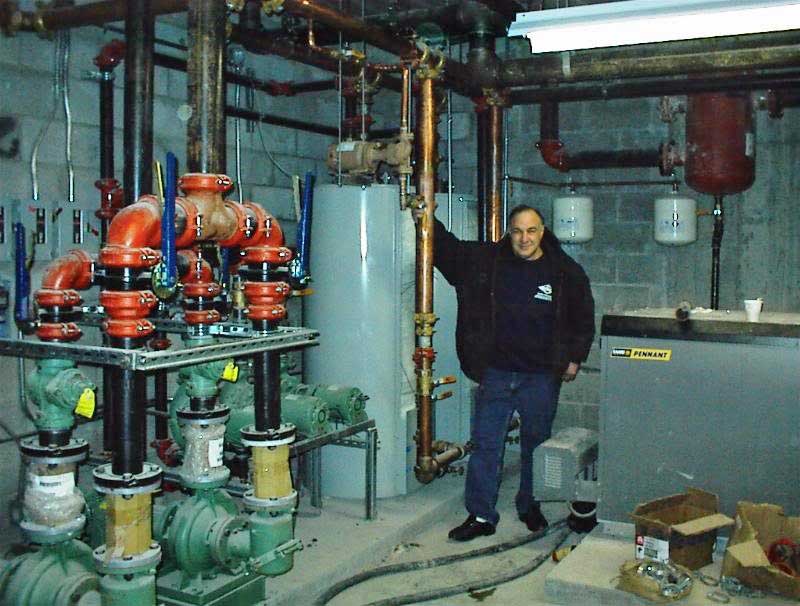In my area the code simply asks for "protection against thermal expansion" in situations where it could be a problem(i.e pressure could exceed 80 psi or about 5.5 bar). There are a few ways to do this, in practice it usually means a thermal expansion tank or a combination ball and relief valve set to discharge at 80 psi. The ball and relief valves have become more popular because they are cheaper and easier to install, and when used as trap primer and hot water tank shut off, get three birds with one stone. They tend to fail more often, and are more work to replace. As a service plumber I find the expansion tanks much more reliable, as long as they have been sized and set properly. If thermal expansion isn't dealt with, usually the excess pressure causes a water closet fill valve to discharge, though it can also push through other fixtures, push back into the municipal system(almost all our prv have integral bypasses), or cause a system leak.
When you say "geyser" (it isn't a term we use here) are you referring to a tankless/on-demand system for potable water or to any system that heats hot water? The most common set up here is a nat. gas(CH4) forced-air furnace for space heating paired with a gas hot water tank. Gas-fired water boilers with base board heating or radiant in-floor heating are also fairly common, sometimes also used with an indirect tank for domestic hot water. Electric tanks are seen in places without gas service, or in hard to vent locations. Tankless/on-demand systems are much less common; the economics just aren't that great. Point-of-use heating is rare.
Our boilers have separate backflows, prvs, expansion tanks, and relief valves(emergency only) for closed systems.
Our PRVs are usually installed at the water entry point, but that is often an area without a floor drain/drainage.
What would be an example of the PRVs you use?

